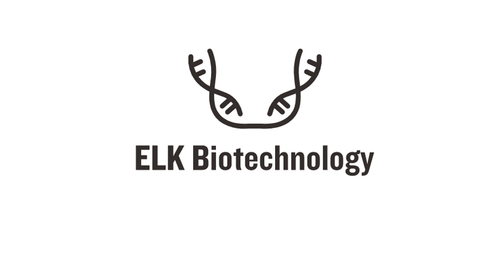Product Description
Human Mothers against decapentaplegic homolog 5 (SMAD5) ELISA Kit | AE18170HU | Abebio
Species Reactivity: Human (Homo sapiens)
Abbreviation: SMAD5
Alternative Name: DKFZp781C1895; DKFZp781O1323; Dwfc; JV5-1; MADH5; MAD homolog 5|MAD; mothers against decapentaplegic homolog 5|SMA- and MAD-related protein 5|SMAD; mothers against DPP homolog 5|mothers against deca
Application: ELISA
Range: 0.312-20 ng/mL
Sensitivity: 0.123 ng/mL
Intra-Assay: ≤5.1%
Inter-Assay: ≤7.3%
Recovery: 1, 01
Sample Type: Serum, Plasma, Other biological fluids
Detection Method: Sandwich
Analysis Method : Quantitive
Test Principale: This assay employs a two-site sandwich ELISA to quantitate SMAD5 in samples. An antibody specific for SMAD5 has been pre-coated onto a microplate. Standards and samples are pipetted into the wells and anySMAD5 present is bound by the immobilized antibody. After removing any unbound substances, a biotin-conjugated antibody specific for SMAD5 is added to the wells. After washing, Streptavidin conjugated Horseradish Peroxidase (HRP) is added to the wells. Following a wash to remove any unbound avidin-enzyme reagent, a substrate solution is added to the wells and color develops in proportion to the amount of SMAD5 bound in the initial step. The color development is stopped and the intensity of the color is measured.
Product Overview: SMAD5 or Mothers against decapentaplegic homolog 5 is a polypeptide that, as its name describes, is a homolog of the Drosophila gene: "Mothers against decapentaplegic". It belongs to the SMAD family of proteins, which belong to the TGFβ superfamily of modulators. Like many other TGFβ family members SMAD5 is involved in cell signalling and modulates signals of bone morphogenetic proteins (BMP's) . The binding of ligands causes the oligomerization and phosphorylation of the SMAD5 protein. SMAD5 is a receptor regulated SMAD (R-SMAD) and is activated by bone morphogenetic protein type 1 receptor kinase. It may play a role in the pathway where TGFβ is an inhibitor of hematopoietic progenitor cells.
Stability: The stability of ELISA kit is determined by the loss rate of activity. The loss rate of this kit is less than 5% within the expiration date under appropriate storage condition. The loss rate was determined by accelerated thermal degradation test. Keep the kit at 37°C for 4 and 7 days, and compare O.D.values of the kit kept at 37°C with that of at recommended temperature. (referring from China Biological Products Standard, which was calculated by the Arrhenius equation. For ELISA kit, 4 days storage at 37°C can be considered as 6 months at 2 - 8°C, which means 7 days at 37°C equaling 12 months at 2 - 8°C) .
 Euro
Euro
 USD
USD
 British Pound
British Pound
 NULL
NULL








